Exploring the Living Art of Goshuin in Japan
Japan is more than just its vibrant metropolises and beautiful landscapes. It’s a country steeped in customs that have been practiced for centuries. A great example of this cultural richness is the tradition of collecting goshuin, an ancient custom that offers a unique connection to Japan.
CONTENTS
What is a Goshuin?
To your average onlooker, collecting goshuin merely looks like visitors gathering stamps. However, it extends far beyond the mere act of getting a stamp.
Goshuin are artistic stamps that demonstrate the connection between man, nature, and spirituality in Japanese culture.
先従隗始 | CC0, via Wikimedia Commons
Each goshuin bears the symbol and name of the temple or shrine, skillfully transcribed using traditional methods. The artistry involved is rich, with monks and shrine maidens spending years perfecting their craft.
A Very Brief History of Goshuin
Goshuin collecting emerged during the Heian period (794-1185) when Buddhism was flourishing. The tradition is thought to have started as a way for pilgrims to prove their devotion, by receiving a goshuin in exchange for dedicating handwritten sutras to temples and shrines.
Araiyasushige | CC BY-SA 4.0, via Wikimedia Commons
Where to Get Your Goshuin
Japan has thousands of shrines and temples, offering visitors ample opportunities to collect goshuin. Some widely revered places are Kyoto’s Kinkaku-ji, Nikko Toshogu Shrine, and Tokyo’s Senso-ji, which are all celebrated for their historical importance and beauty.
Senso-ji in Tokyo, Japan
The Best Way to Store Your Goshuin
While goshuin themselves are the signature attraction, the goshuincho, where they’re collected, merits attention too.
A goshuincho is a beautiful book of accordion-folded paper that’s also an artistic expression of Japanese craft and culture. Collecting goshuin in a goshuincho is a great way to journal your travels across Japan.
With the goshuincho, collecting goshuin is not just a part of Japanese tradition, it’s a part of the journey itself. It reflects a more profound understanding of the experiences you’ve had and the places you’ve visited along the way.
Where To Buy a Goshuincho
You can buy a goshuincho at the shrine or temple you’re visiting for around 1,000 yen, including the goshuin. This collectible bears its own beauty. Different temples and shrines have different styles, each echoing the spirit of their surroundings.
Goshuincho for Sale at a Museum in Osaka, Japan
If you’d like, you can also buy your goshuincho before you leave for Japan. This way you can hit the ground running once you arrive.
How to Get Your First Goshuin
When you enter a temple or shrine, look for the Juyojo counter. It’s easy to find at the more popular temples and shrines because of the lines of people waiting for their stamps.
If you don’t see a line, or can’t find the counter, you can simply ask or show someone your goshuincho. Once you’ve located the counter, make a small donation called the Hatsuho and hand them your book.
In return, your goshuincho will be given a unique stamp, the date of your visit, and sometimes even sutras or blessings. This goshuin is more than a stamp, it’s a piece of art that represents a memory of your journey to Japan.
Why You Should Collect Goshuin
Several guests on our tours have taken part in collecting goshuin, and I think it really helped them appreciate the temples and shrines we visited even more.
I highly recommend goshuin collecting because it enhances your connection with Japan, serves as a tangible reminder of all the temples and shrines you’ve visited, and represents a part of ancient Japan that is still alive today.
Want a Unique Japan Trip?
Discover Japan planning secrets with our best selling Itinerary Planning Course. Or inquire about our exclusive Small Group Tours.
Disclaimer: There are affiliate links in this article. This means that if you make a purchase after clicking on these links, we may receive a small commission at no extra cost to you. We have no association with the companies or the products reviewed. These are our own opinions of top travel products.


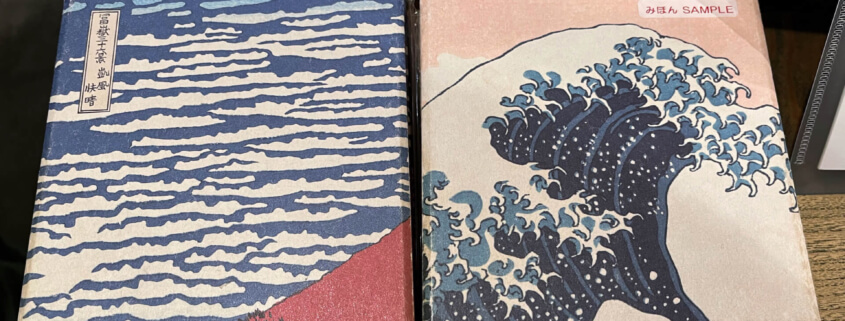 @JAPANandmore
@JAPANandmore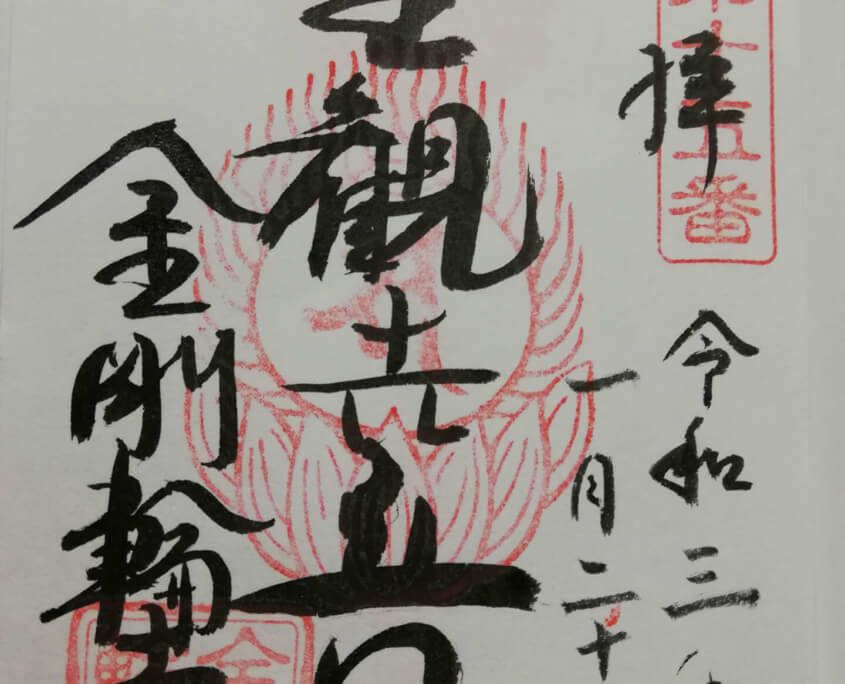
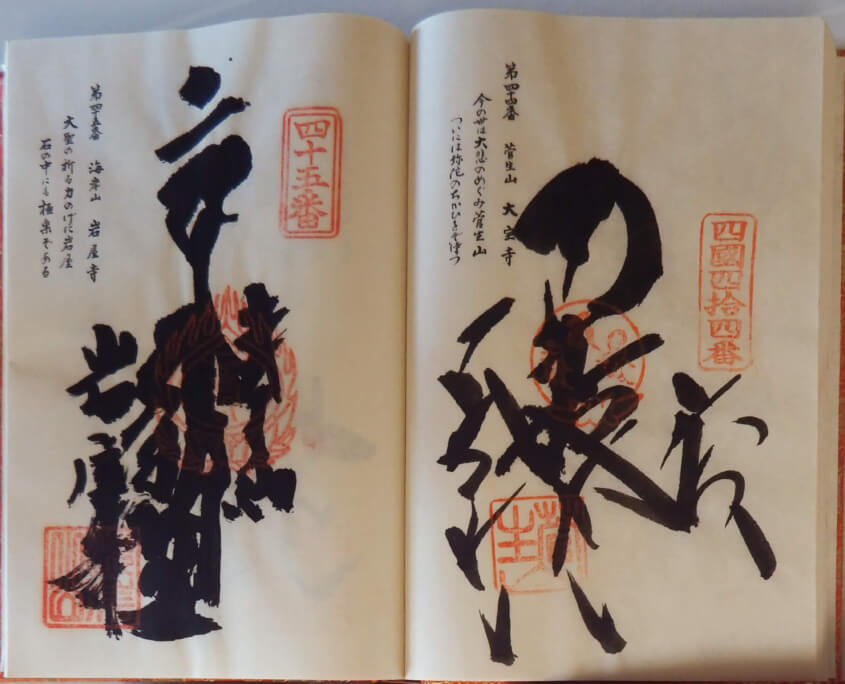
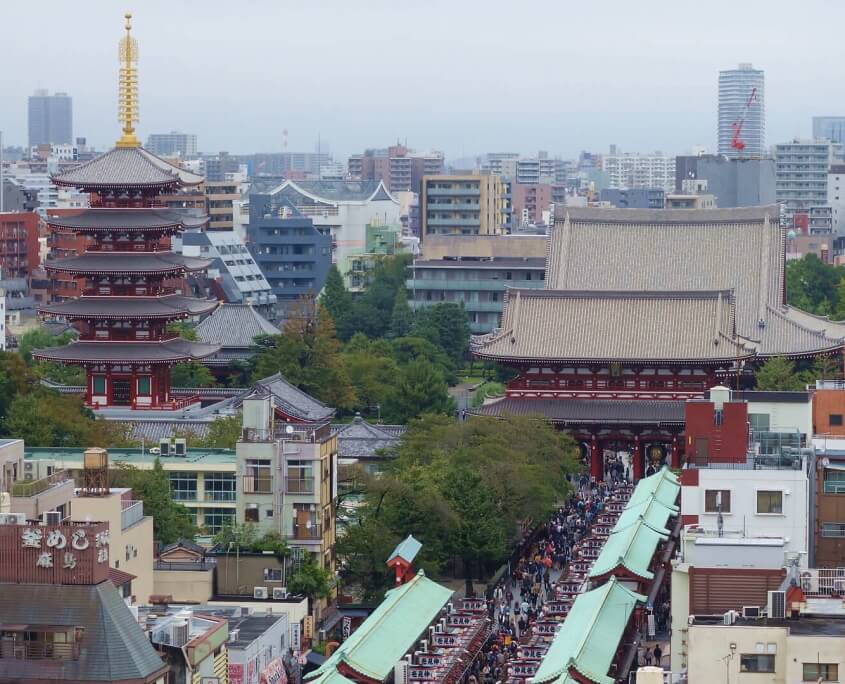
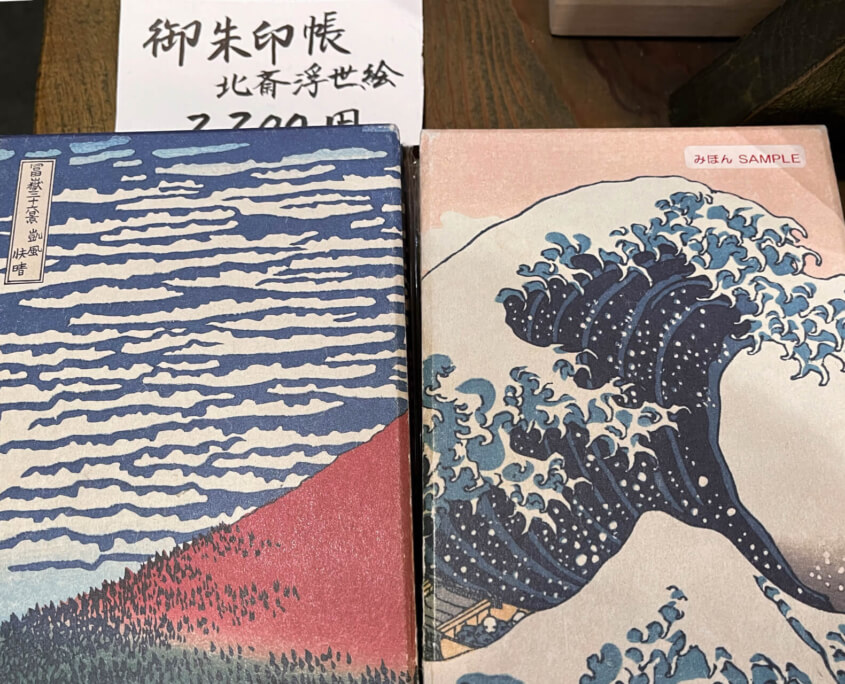
 ©JAPAN and more
©JAPAN and more  @JAPANandmore
@JAPANandmore  @JAPANandmore
@JAPANandmore 
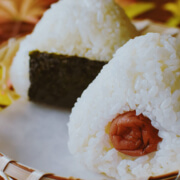
 @JAPANandmore
@JAPANandmore 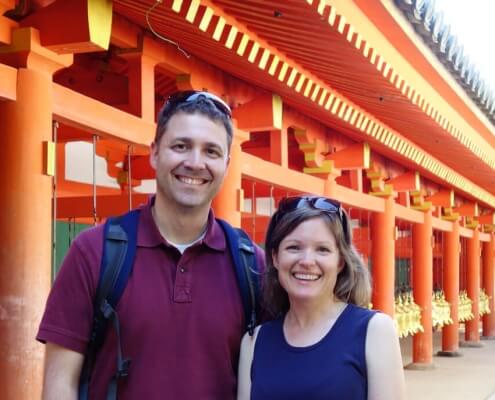




 @JAPANandmore
@JAPANandmore ©JAPANandmore.com
©JAPANandmore.com